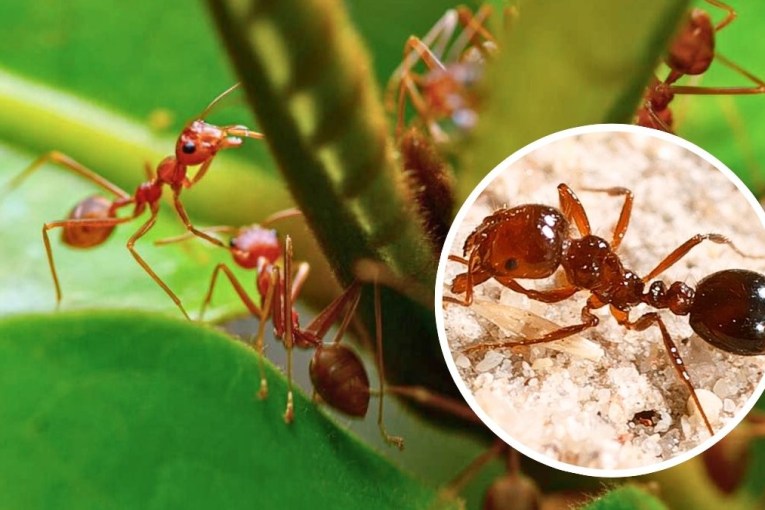The party’s over for environmentally friendly balloons

All puns about bursting bubbles aside, another study has shown party balloons may be far less innocent than we thought.
In 2005, one research project tracked an inflated balloon as it travelled more than 200 kilometres – putting a little more thought into the care-free release of balloons as a celebratory symbol.
As we grew more conscious of the hangover from party balloons, biodegradable and eco-friendly products began to enter the market, seeking to soothe the mind of the environmentally friendly consumer.
Often, these are made from latex because of the material’s reputation as a biodegradable, natural material.
For Institute for Marine and Antarctic Studies researchers Morgan Gilmour and Jennifer Lavers, the marketing didn’t ring true to the science they knew.
So they tested it – they stuck several different types of ‘eco-friendly’ balloons into industrial compost, seawater and freshwater for four months to see how well they broke down.
At the end of the 16 weeks, the answer was – not a lot.
“After 16 weeks, the balloons were still recognisably balloons, though they behaved a little differently in compost, water and salt water,” the pair wrote in The Conversation.

After 16 weeks in industrial compost, there was not a lot of breakdown to the balloons’ structures. Photo: IMAS
“Some balloons lost 1 to 2 per cent mass, and some balloons in fresh water gained mass, likely due to osmotic absorption of water.”
As well as visual and environmental pollution, the researchers said, balloon scraps are a danger to animals – latex balloons can float on the ocean’s surface until they’re gobbled up by unsuspecting marine life and birds, ultimately killing them.
This is where the problem with their ‘biodegradable’ labelling comes in, the team said.
Even in industrial compost, the balloons were still recognisable as balloons after four months.
“For biodegradability to be meaningful the balloons would need to degrade relatively quickly and consistently so they were no longer a risk to wildlife or the environment,” Dr Gilmour said in a statement.
Masquerading as safe
Because of its reputation as a natural product, many consumers would assume latex is the most eco-conscious produced material, Dr Lavers said.
However, to be as strong as it needs to be to become a balloon, it goes through several process treatments.
This makes the end result a durable but long-lasting balloon.

One of the test subjects after 14 weeks in the ground. Photo: IMAS
“We hope that our research will inform the development of latex balloons that degrade within acceptable composting guidelines,” Dr Lavers said.
“Until that happens, however, their presence in the environment will continue to contribute to anthropogenic waste and pose a threat to wildlife that ingest them.”
While we wait for a more eco-friendly option, it doesn’t have to mean the party is cancelled.
The research duo suggested the following alternatives:
- Do not release balloons outdoors
- Do not use helium-filled balloons outdoors (this prevents accidental release, and saves helium), which is a critically limited resource
- If you use balloons, deflate and bin them after use
- Consider balloon alternatives, like bubbles
- Make educated purchases with federal Green Guidelines in mind.








